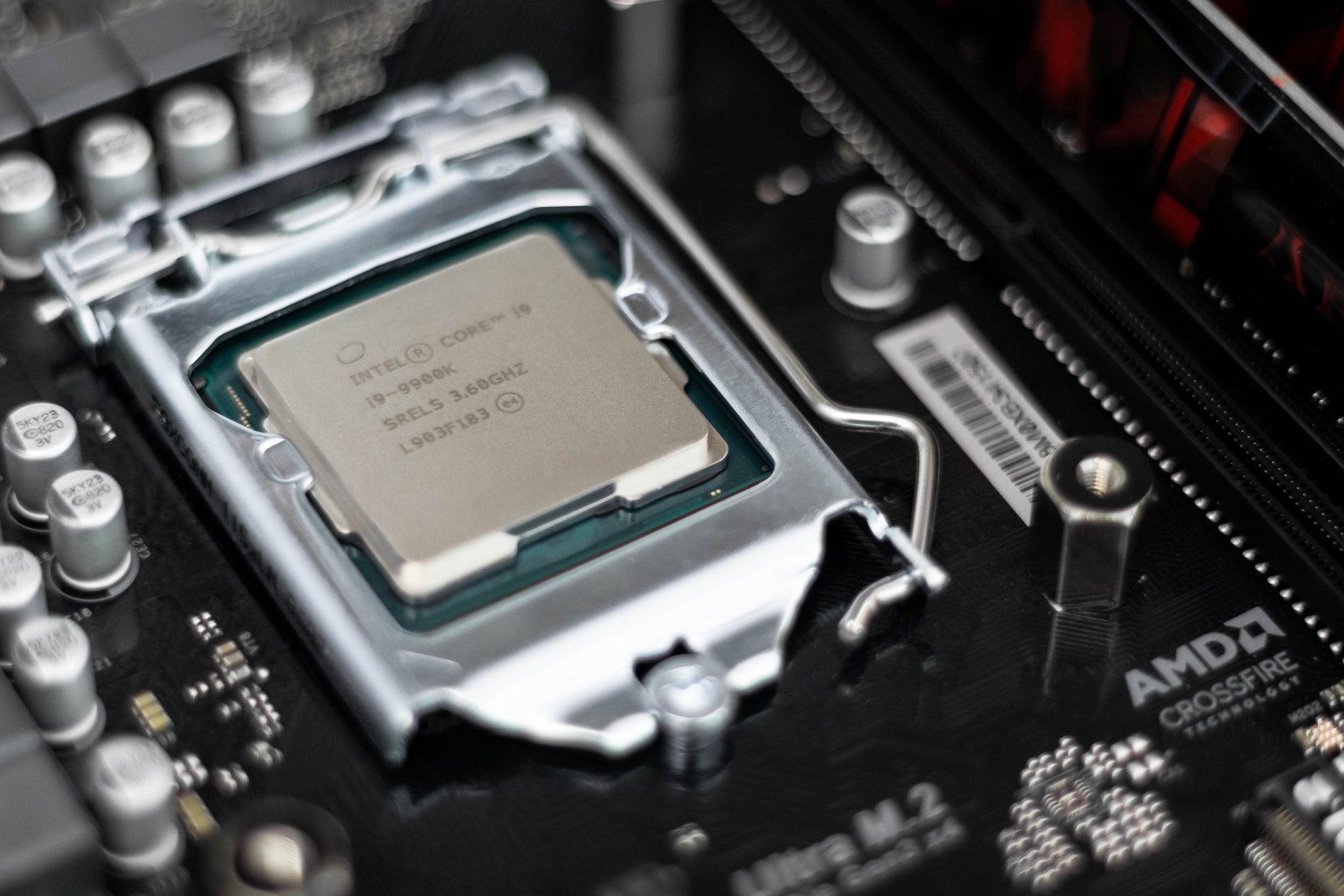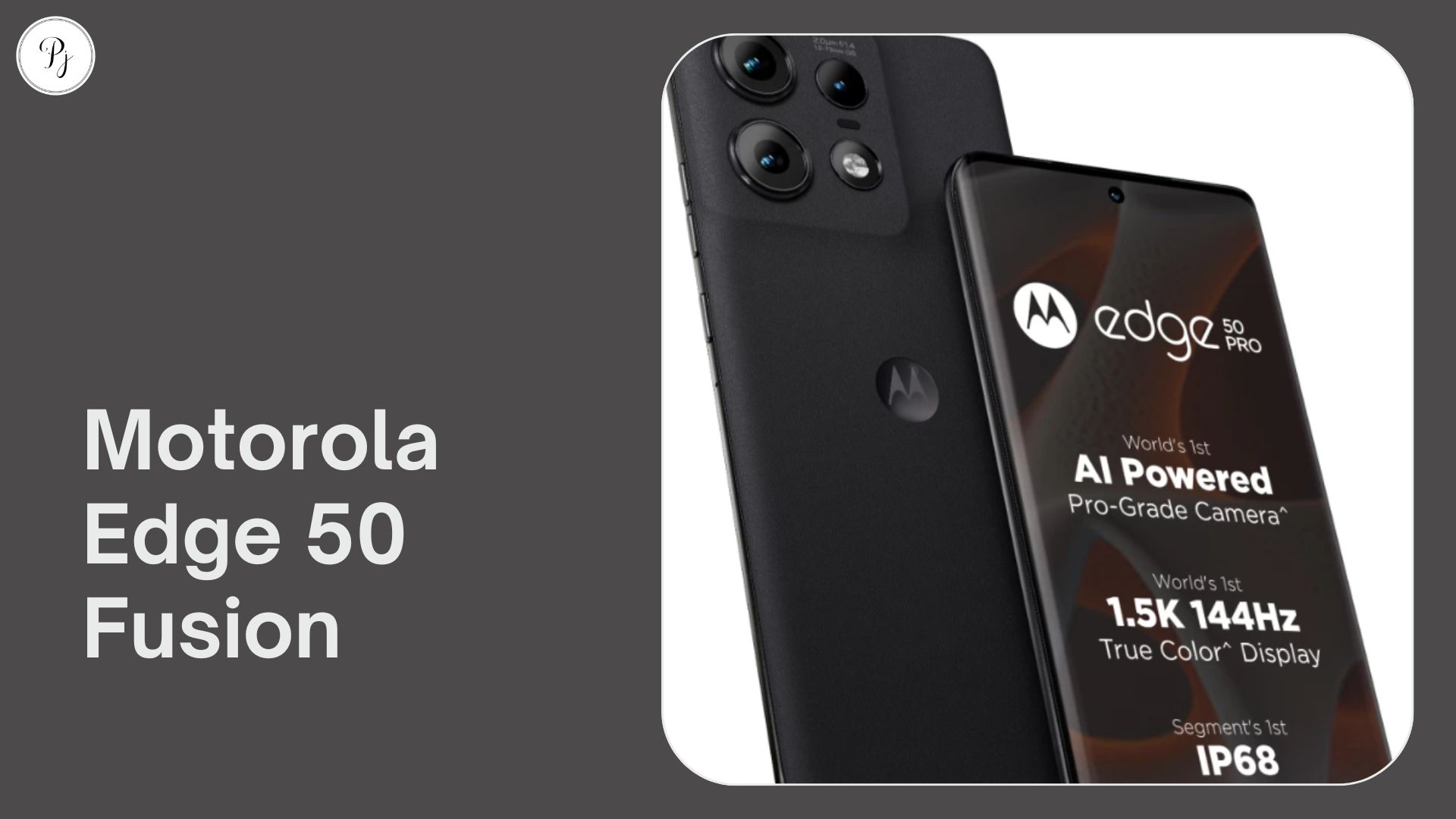Are you looking for a high-performance processor that can handle gaming, content creation, and multitasking? If yes, you might want to consider the Intel Core i9-9900 @ 3.10GHz. This processor is part of Intel’s 9th generation of Core processors, which were launched in 2019. It has some amazing features that make it a great choice for gamers and power users. Let’s take a look at what this processor can do for you.
Features of the Intel Core i9-9900 @ 3.10GHz
The Intel Core i9-9900 @ 3.10GHz has 8 cores and 16 threads, which means it can run multiple applications at the same time without slowing down. It has a base frequency of 3.1 GHz and a boost frequency of up to 5.0 GHz, which means it can adjust its speed according to the workload and the thermal conditions. It also has 16 MB of L3 cache, which helps speed up data access and processing.
Some of the other features of this processor are:
- It supports Intel Hyper-Threading Technology, which allows each core to run two threads simultaneously, resulting in better performance and responsiveness in multi-threaded applications.
- It supports Intel Turbo Boost Technology 2.0, which automatically increases the frequency of the processor when needed, depending on the workload and the thermal conditions.
- It supports Intel Optane Memory, which is a smart and adaptable system accelerator that improves the speed and responsiveness of your system, especially when loading games and applications.
- It supports Intel UHD Graphics 630, which is an integrated graphics solution that can handle basic tasks such as web browsing, video streaming, and photo editing. It also supports 4K resolution and HDR content.
- It supports DDR4 memory, which is faster and more energy-efficient than DDR3 memory. It also supports dual-channel memory configuration, which improves the bandwidth and performance of the system.
Comparison with other processors
The Intel Core i9-9900 @ 3.10GHz is one of the most powerful processors in its class, but it also faces some competition from other processors, such as AMD’s Ryzen 7 5800X and Intel’s own Core i9-14900K. These processors offer better performance than the Intel Core i9-9900 @ 3.10GHz in both single-core and multi-core tasks, but they also consume more power and cost more money. The Intel Core i9-14900K is the newest and fastest processor among the three, but it also has the highest power consumption and price tag.
Here is a comparison table that shows some of the key specifications and benchmarks of these processors:
| Processor | Cores/Threads | Base/Boost Frequency | L3 Cache | TDP | Price | PassMark CPU Mark | Cinebench R23 Single-Core | Cinebench R23 Multi-Core |
|---|---|---|---|---|---|---|---|---|
| Intel Core i9-9900 @ 3.10GHz | 8/16 | 3.1/5.0 GHz | 16 MB | 65 W | $339 | 18,005 | 1,281 | 11,753 |
| AMD Ryzen 7 5800X | 8/16 | 3.8/4.7 GHz | 32 MB | 105 W | $399 | 24,390 | 1,601 | 15,948 |
| Intel Core i9-14900K | 10/20 | 3.5/6.0 GHz | 30 MB | 125 W | $589 | 25,900 | 1,730 | 17,500 |
Latest trends and news on Intel processors
Intel has been busy launching new processors in recent months, especially with its Raptor Lake Refresh series that includes the Core i9-14900K mentioned above. These processors are based on a new architecture that combines performance cores (P-cores) and efficient cores (E-cores) to deliver better performance per watt and dollar than previous generations. They also support new features such as Application Performance Optimization (APO) and Thread Director (TD), which aim to improve gaming performance by optimizing CPU resources for different applications.
However, Intel is not without challenges, as it faces fierce competition from AMD and Nvidia, who are also developing their ARM-based processors for PCs. These processors are expected to offer lower power consumption and higher efficiency than Intel’s x86-based processors, as well as compatibility with a wider range of devices and platforms. Nvidia and AMD are planning to launch their ARM-based processors by 2025, which could pose a serious threat to Intel’s dominance in the PC market.
Conclusion
The Intel Core i9-9900 @ 3.10GHz is a powerful processor that can handle gaming and productivity tasks with ease. It offers 8 cores and 16 threads, with a base frequency of 3.1 GHz and a boost frequency of up to 5.0 GHz. It also has 16 MB of L3 cache, which helps speed up data access and processing. It supports Intel Hyper-Threading Technology, Intel Turbo Boost Technology 2.0, Intel Optane Memory, Intel UHD Graphics 630, and DDR4 memory. It is a great choice for gamers and power users who want to enjoy smooth and immersive gameplay, as well as fast and efficient productivity.
However, the Intel Core i9-9900 @ 3.10GHz is not the only option in the market, as it faces competition from other processors, such as AMD’s Ryzen 7 5800X and Intel’s own Core i9-14900K. These processors offer better performance than the Intel Core i9-9900 @ 3.10GHz in both single-core and multi-core tasks, but they also consume more power and cost more money. The Intel Core i9-14900K is the newest and fastest processor among the three, but it also has the highest power consumption and price tag.
In addition, Intel is facing challenges from Nvidia and AMD, who are developing their ARM-based processors for PCs. These processors are expected to offer lower power consumption and higher efficiency than Intel’s x86-based processors, as well as compatibility with a wider range of devices and platforms. Nvidia and AMD are planning to launch their ARM-based processors by 2025, which could pose a serious threat to Intel’s dominance in the PC market.
Therefore, if you are looking for a powerful processor that can handle gaming and productivity tasks with ease, you might want to consider the Intel Core i9-9900 @ 3.10GHz. However, if you are looking for a more future-proof processor that can offer better performance per watt and dollar, you might want to wait for the upcoming ARM-based processors from Nvidia and AMD.





